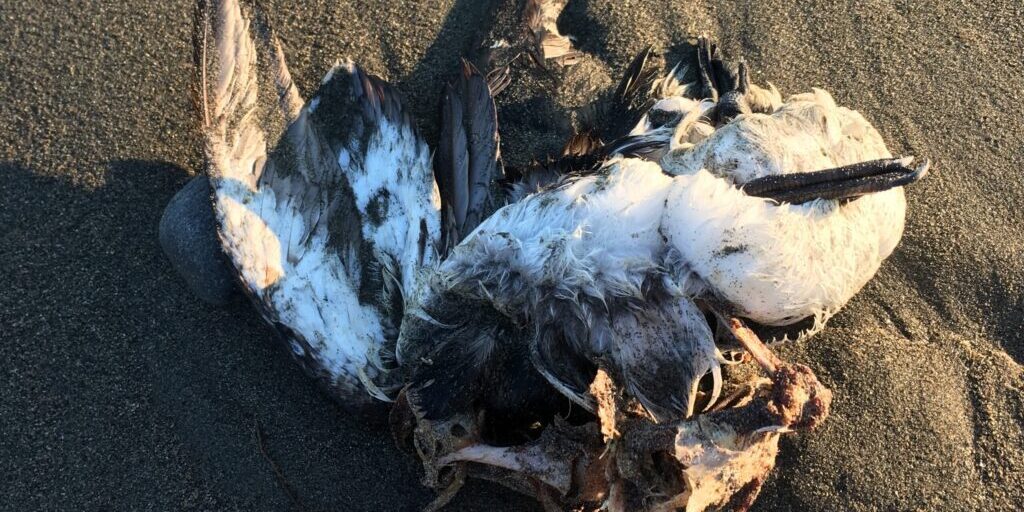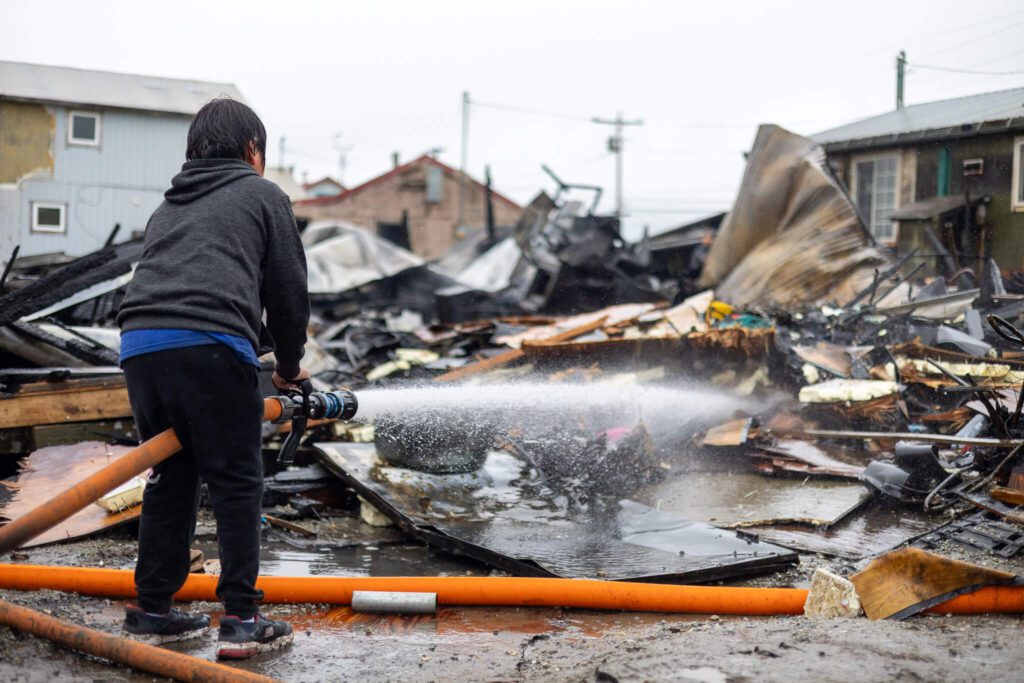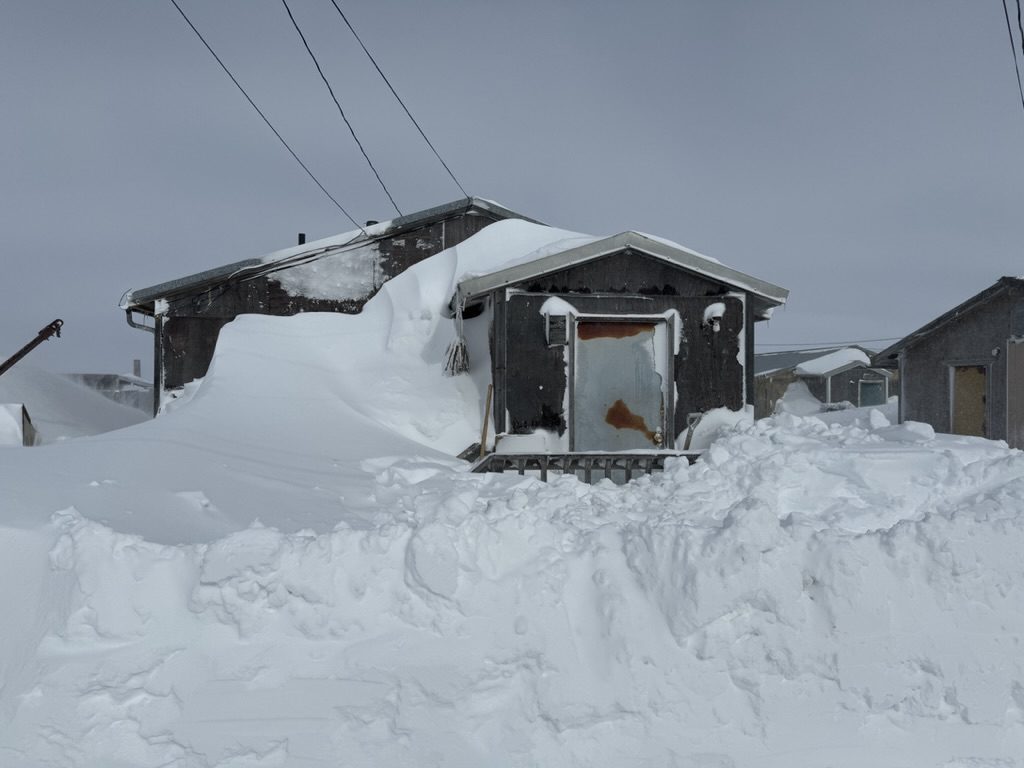Seabirds have once again been found washed up on beaches in Western Alaska.
Beginning in May, birds have been reported dead or behaving strangely in communities throughout the Bering Strait region, from Shishmaref to Unalakleet and on St. Lawrence Island.
Large-scale die-offs of seabirds and other marine animals have been occurring around the state for several years, and the U.S. Fish and Wildlife Service (USFWS) wants to know why. That takes the help of boots-on-the-ground partners across Alaska.
Gay Sheffield is one of those partners. She’s a marine biologist with Alaska Sea Grant in Nome, and she has helped coordinate the collection of dead birds. She says only one bird has been tested so far this year: a murre, collected in Unalakleet in May.
“The murre was tested for harmful algal blooms, tested for avian cholera, was tested for bird flu, and a full necropsy—or a little bird autopsy—was done, and the result was that the bird had starved to death.”
But, she says, knowing that a bird ultimately didn’t get enough food doesn’t answer the larger question of why it died.
Robb Kaler is a wildlife biologist at USFWS’s Migratory Bird Management office in Anchorage. He’s been monitoring the seabird die-offs statewide.
“They’re dying of starvation, but there might be other contributing factors.”
Kaler says factors contributing to bird deaths could include neurotoxin poisoning from algal blooms, increased storminess, or shifts in the type of fish available to birds to eat. And, he says, many of the factors could be connected to warming sea surface temperatures off the coast of Alaska.
Both Sheffield and Kaler underscored the importance of collecting more freshly dead birds. More samples mean more testing — and more information that can be returned to communities where healthy seabirds mean food security.
Kaler says:
“We need to provide them with answers on whether these birds are safe to consume or not, whether their eggs are safe to consume.”
Several birds were recently collected from Shishmaref and Gambell. Test results are forthcoming.
To report a seabird or other marine animal found dead or behaving strangely, contact Gay Sheffield at 434-1149 or Brandon Ahmasuk at Kawerak at 443-4265. You can also call U.S. Fish and Wildlife Service’s Dead Seabird Hotline at (866) 527-3358.
Image at top: A dead murre that washed ashore in Nome in June 2018. Photo: Zoe Grueskin, KNOM.







